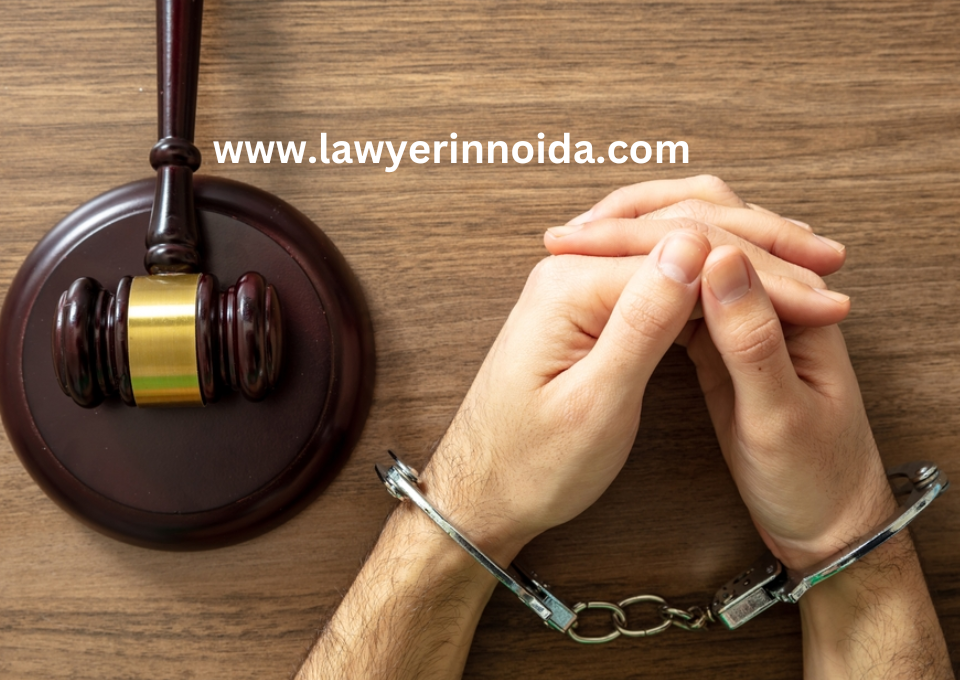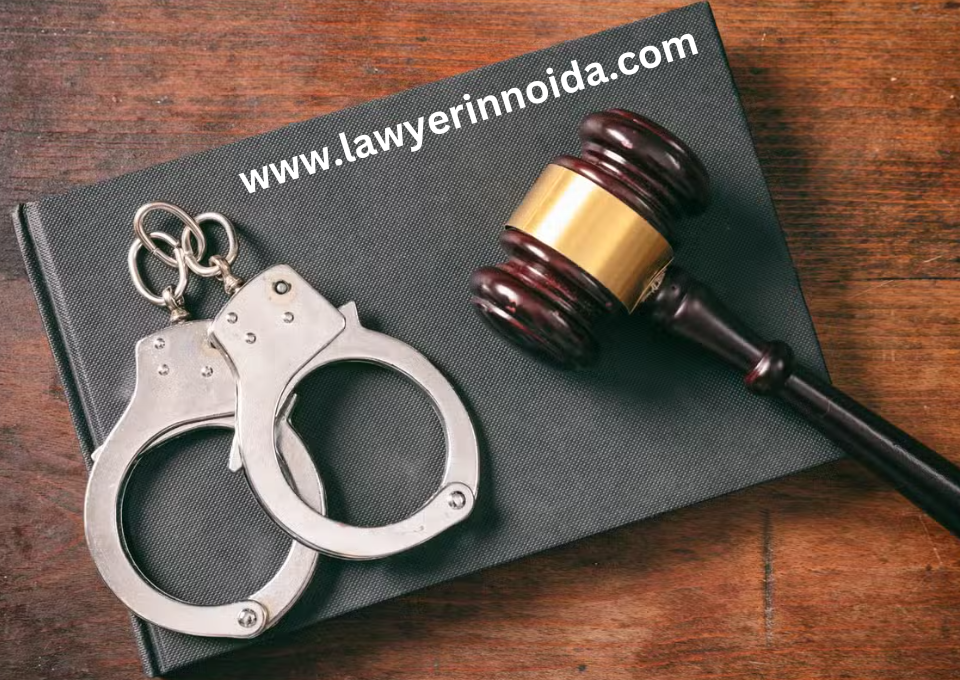
FIR under 498A
FIR under 498A Case Lawyer in Noida
As per IPC, 1860, section 498A states “Whoever, being the husband or the relative of the husband of a woman, subjects such woman to cruelty shall be punishable with imprisonment for a term which may extend to three years and shall also be liable to fine.” In layman language to understand what is 498A, it means any cruelty on a wife by husband and his relative will be punished for a term which may extend to three years and shall also be liable to fine.
The Section 498A is non-bailable and a cognizable offence hence a police office may make an arrest if he receives a complaint which shows to fulfill the ingredients of 498A, which are cruelty done to a wife by husband or/and his relatives.
Section 498A of IPC aims to protect the woman from the harassment and cruelty that she is subjected to by her in-laws. But remember, burden of proof in cases of 498a IPC primarily lies on prosecution/wife’s side.
If anybody practices cruelty, or demands the dowry, the person would be accountable to be prosecuted criminally for an offence under Section 498 A. “Victim” in DV can approach the Magistrate with an application complaining of Domestic Violence. Victim can ask for various reliefs mentioned in the provision. The reliefs can be like maintenance, shelter, custody of child etc.. Court may pass sentence as well.
Important ingredients of section 498A are:
- The woman must be married.
- She must be subjected to cruelty or harassment.
- Such cruelty or harassment must have been shown either by husband of the woman or by the relative of her husband.
Note: Punishment under section 498A IPC is imprisonment for a term, which may extend to three years and shall also be liable to a fine. Also it is very important to understand what is 41A notice in 498A. Section 41A was inserted in CrPC to prevent unnecessary arrest. If you wish to know more about Mutual Divorce or Contested Divorce, contact one of the best divorce lawyer in Noida.
Now check out the step by step procedure involved in the case of FIR under section 498A:
Step 1: Registering a complaint at CAW (Crime Against Women) Cell / Mahila Thana- Firstly, please note that this is the first step in most states for 498A (husband of wife or relative of husband subjecting her to cruelty). Same has been mentioned in the new Act "The Bharariya Nyaya Sanhita, 2023" proposed as section 84. A complaint is filed at the nearest police station which is forwarded to the CAW cell.
- Police officials at the CAW Cell will try to reconcile /settle the dispute between the parties and this process is called mediation. Reconciliation if not settled at this stage then same can also be done at a later stage like during bail or mediation at court etc.
- If reconciliation or mediation fails, then the police will register an FIR against the accussed mentioned in the complaint.
- Till recent times, in most states, husbands were not granted Anticipatory Bail or Stay on arrest in 498A (Husband or relative of husband of a woman subjecting her to cruelty: Proposed Section 84 of The Bharariya Nyaya Sanhita, 2023) as it was most often coupled with 406 IPC. Police invariably asked for custody of prime accused and he was incarcerated for a day to week depending upon the state FIR was lodged. There has been a marked change in this process after Arnesh Kumar Judgment. Still it is always prudent to get Anticipatory Bail when the FIR is lodged. Residents of Noida can also seek Anticipatory Bail even while the complaint is at CAW Cell to avoid unnecessary hassles. Under one of the bail condition, the court may put travel restrictions or ask you to seek permission for travel abroad. Also other conditions which the court deems fit can be imposed.
- This is the most obscure process from the point of view of the accused. Police investigates the crime, mostly it is collection of bills/ statement of witnesses of the complainant.
- After completion of investigation, police submits chargesheet in court, which contains all the material collected by Police during investigation on which the police is basing their case. It also include statements of witnesses u/s 161 CrPC and u/s 164 CrPC (If any sexual crime is alleged). Then the accused are summoned and provided with the copy of the Chargesheet free of cost. In rarest of rare case, the police can also file Final Report at this stage. Final report means that the police has come to the conclusion that no crime is made out.
- After the chargesheet has been scrutinized by the accused/ their lawyers, the court proceeds to frame the charges, i.e. telling the accused on what crimes they have charged you. This is also the stage when the accused think that there is not enough material on record to charge him and he can move for discharge.
- Evidence is the cornerstone of all criminal litigation. Mostly the evidence is oral in 498A (Husband or relative of husband of a woman subjecting her to cruelty: Proposed Section 84 of The Bharariya Nyaya Sanhita, 2023), i.e. Witness Statements and Cross Examination, though there can be medical/ other evidence as well. In first step the Public Prosecutor asks the witness to narrate his/ her version of facts and then the accused/ their lawyers get an opportunity to cross-examine them. Though there is no fixed sequence the witnesses are called, normally complainant is the first witness and Investigating Officer is the last witness.
- Once Prosecution Evidence is over, defence gets the opportunity to present its witnesses, if any, or lead any evidence. This is rarely done in 498A (Husband or relative of husband of a woman subjecting her to cruelty: Proposed Section 84 of The Bharariya Nyaya Sanhita, 2023) case. The process is opposite of Prosecution Evidence, i.e. first facts are narrated by witness and then cross-examined by Public Prosecutor.
- Arguments : Both sides i.e. Public Prosecutor and advocate of accused present arguments and precedents to sway the court towards their own cause.


